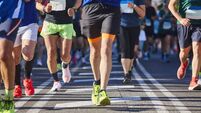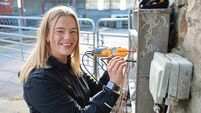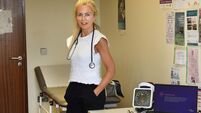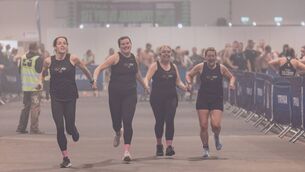Having a stroke in my 30s was the best and worst thing that happened to me
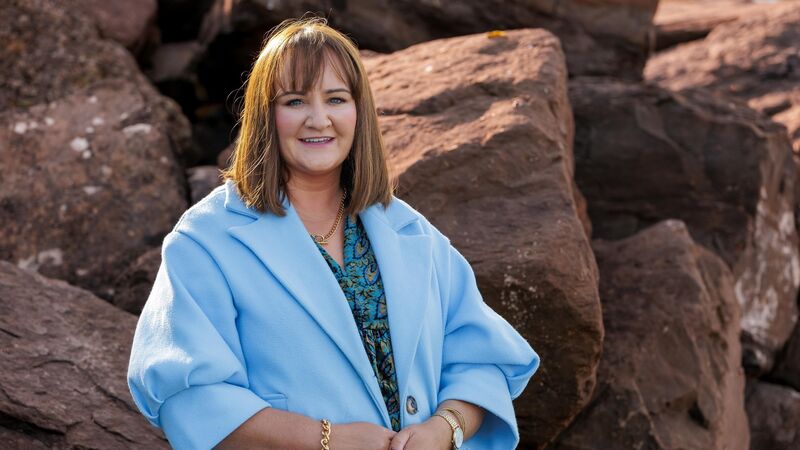
Stroke survivor, Jennifer Howley, taking a break at Enniscrone beach, Enniscrone, Co. Sligo. Photo: James Connolly
JUST before Christmas 2015, Jennifer Howley was at home alone in Co Sligo when she felt something was wrong. “I didn’t really know what was happening to me. I couldn’t talk. I couldn’t feel anything,” she recalls.
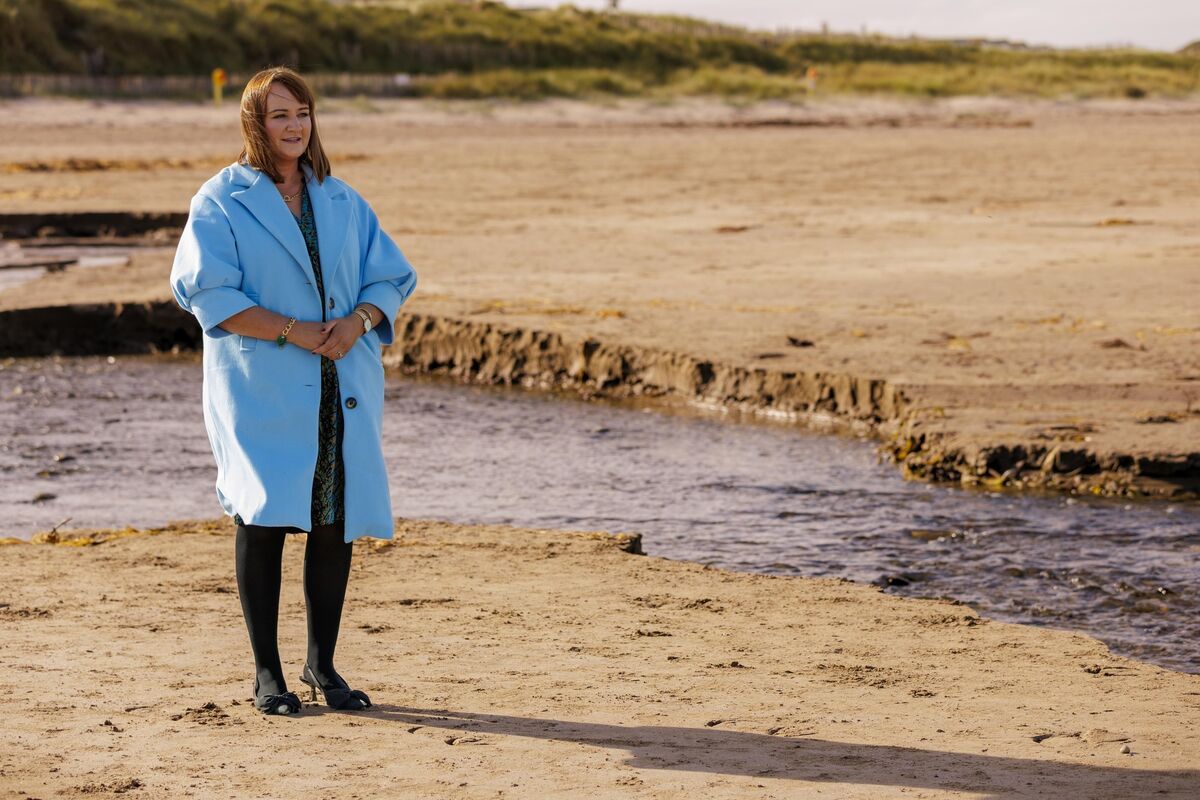
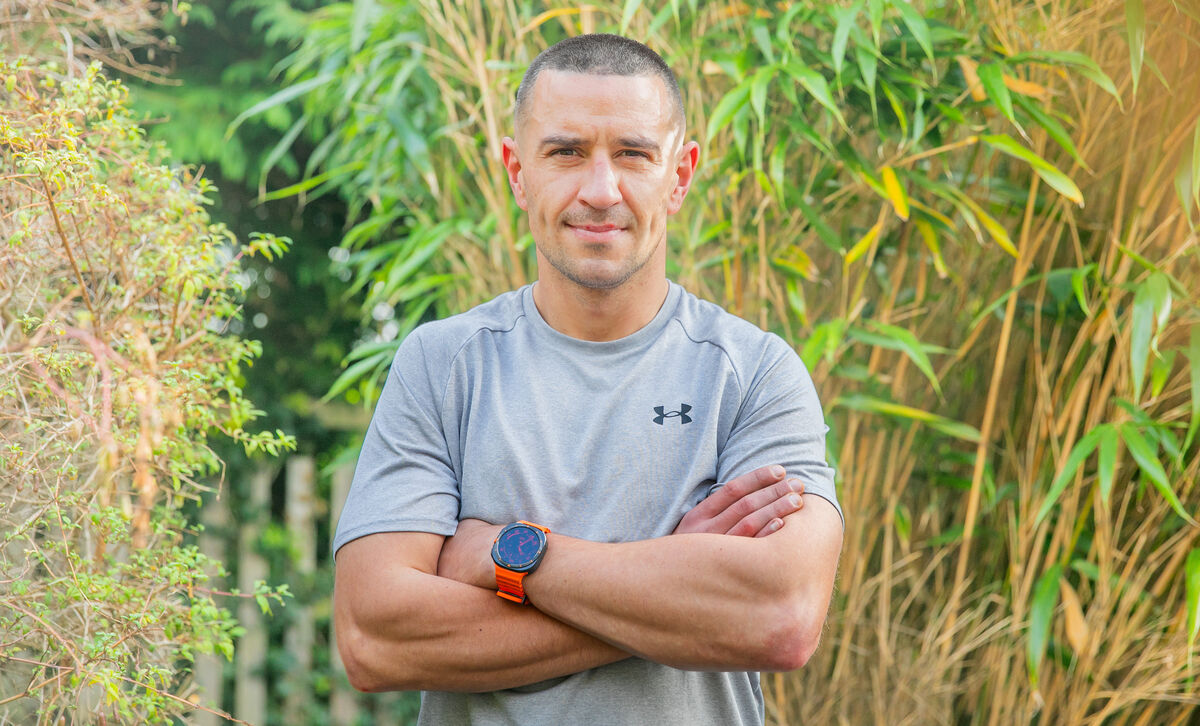
Marc Brady from Greystones, Co Wicklow, gained a new outlook on life after his stroke at the age of 30.
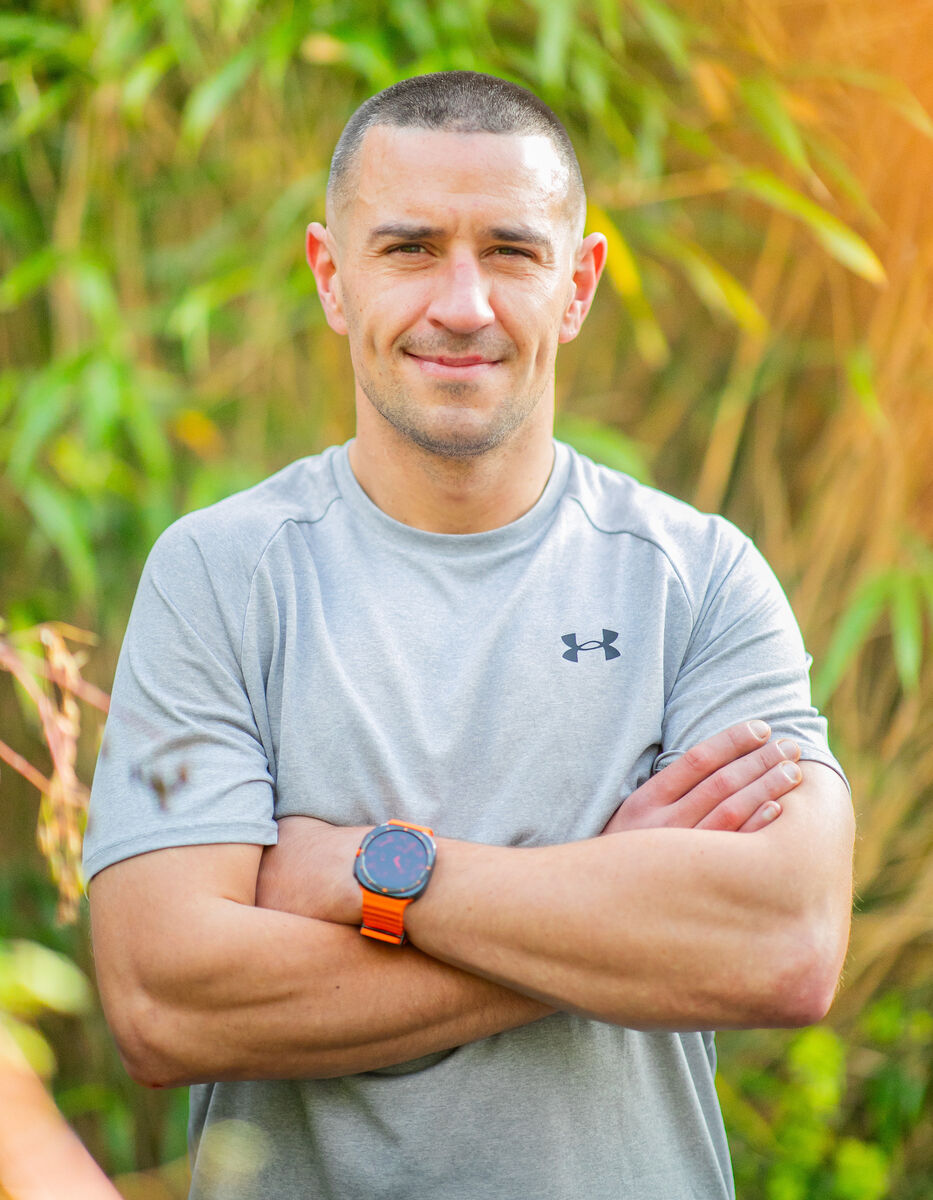
Recognise a stroke and know what to do by using each letter of the word FAST.
- - your face may have dropped on one side, you may not be able to smile, or your mouth or eyelid may droop.
- - you may not be able to lift both arms and keep them there because of weakness or numbness in 1 arm.
- - your speech may be slurred or garbled, or you may not be able to talk at all.
- - it's time to dial 999 immediately if you have any of these signs or symptoms.
See: www2.hse.ie/conditions/stroke
- October 29 is World Stroke Day

Celebrating 25 years of health and wellbeing



